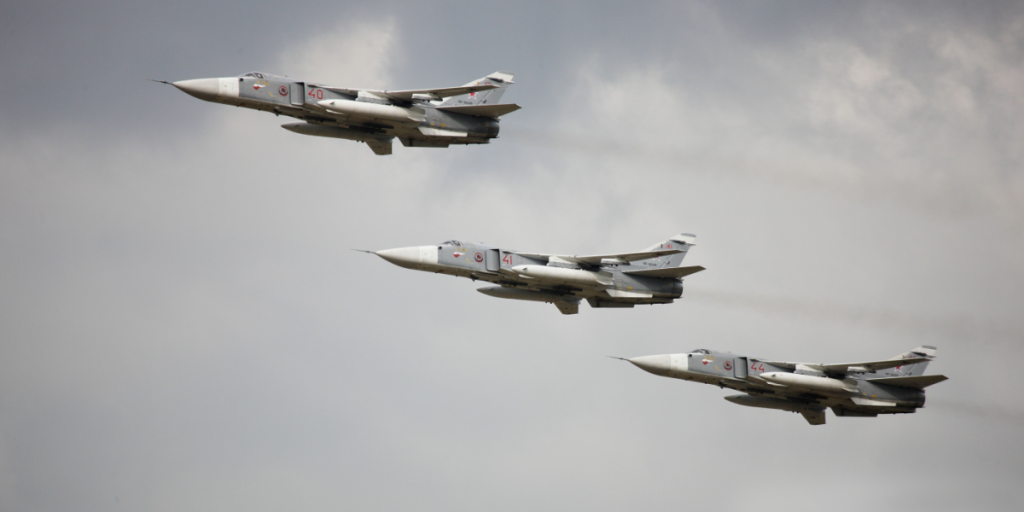Poland and Lithuania Prepare to Shoot Russian Drones as Tensions Rise
Others are reading now
Tensions in Europe have risen as Russian aircraft and drones repeatedly enter NATO airspace.
These incursions have put frontline states in a difficult position. Military leaders must decide when to respond and how far to push without triggering a wider conflict.
The Dilemma
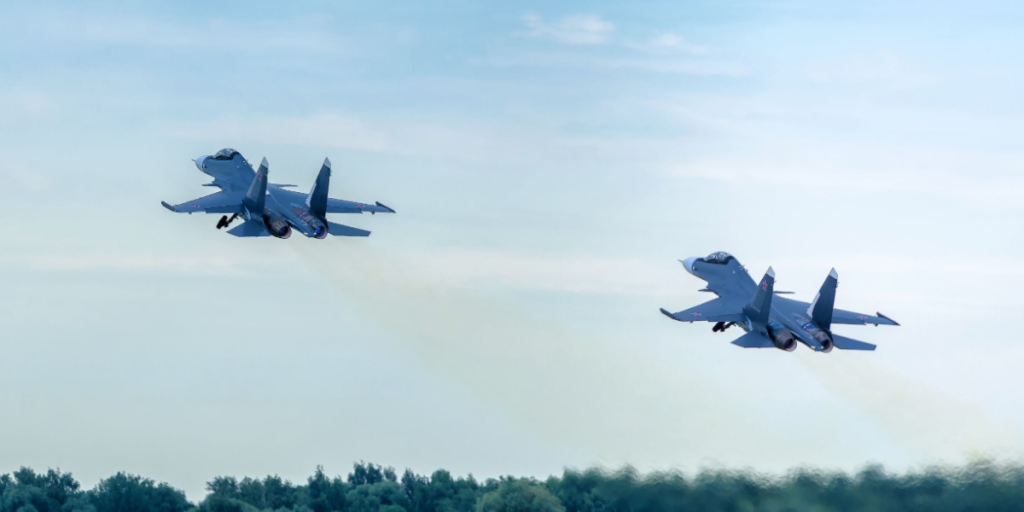
One Friday night, several fast Russian jets entered the airspace of a NATO member state, reports Digi24. Their transponders were off.
Instead of flying along the border, they turned sharply inland toward a military installation.
The supreme commander of the country’s armed forces had only one minute to act. Should they intercept the planes or shoot them down?
Also read
Growing Number of Unidentifiable Drones in Europe
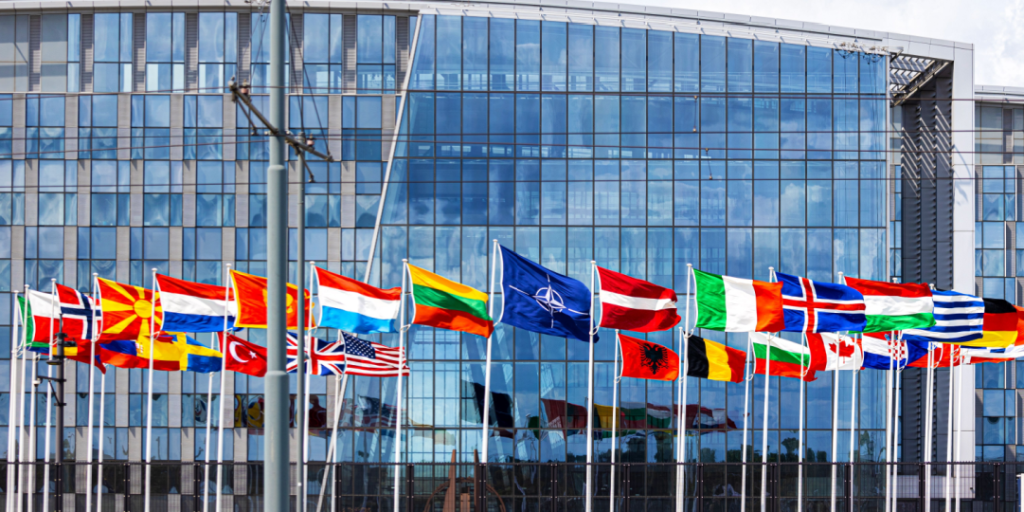
This scenario reflects growing debates within NATO. Russian aircraft and drones have become more aggressive.
In recent weeks, about 20 drones entered Poland and three MiG-31 jets entered Estonia.
NATO’s principle of strategic ambiguity means the alliance keeps its response rules secret. This is meant to prevent Russia from predicting how NATO will react.
The Strategy
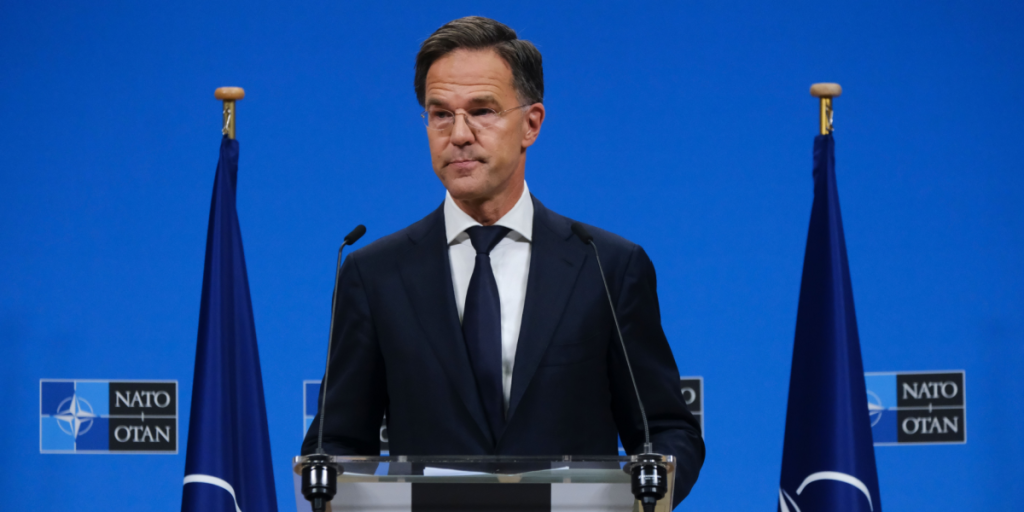
NATO Secretary General Mark Rutte said decisions depend on intent, armament, and risk to civilians or infrastructure.
Some leaders, like Germany’s Defense Minister Boris Pistorius, urge caution. He said pilots act professionally and should not be provoked.
Also read
Germany has reported suspicious drones over military bases, and exercises now simulate attacks, including drone disruptions and multiple casualties.
Warnings Against Shooting at Them
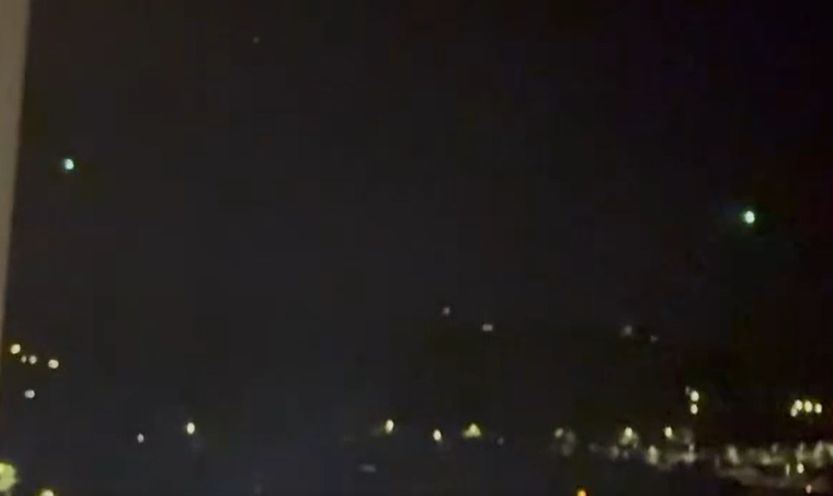
Finland’s military chief, General Janne Jaakkola, also warned against shooting down Russian planes without assessing the threat.
Pilots act according to the level of danger. Critics argue that hesitation only encourages Russia.
Lithuania’s former foreign minister, Gabrielius Landsbergis, said clear red lines are needed. He suggested that future drone violations could be met with strikes on launch sites.
Poland´s Strategy
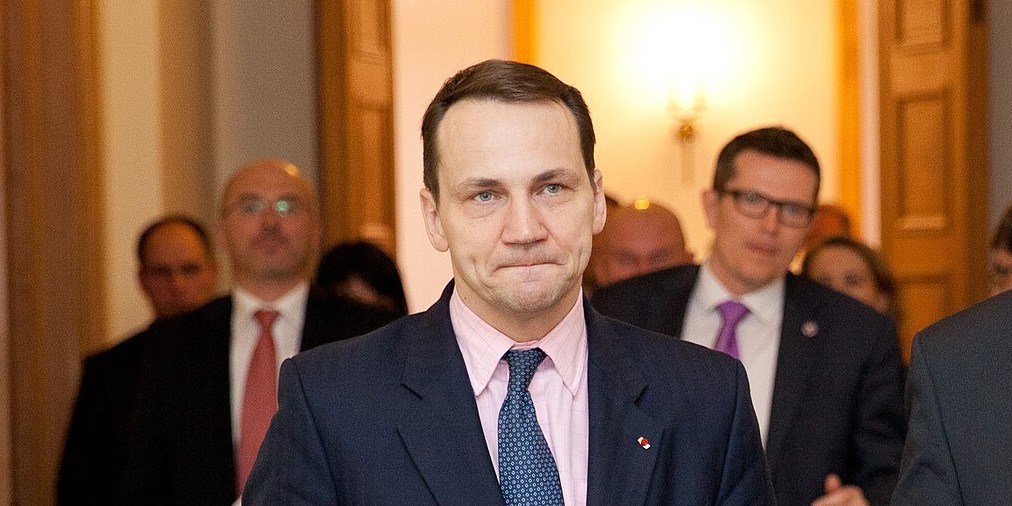
Few NATO countries are willing to go that far. Poland has said it would shoot down any Russian aircraft in its airspace.
Also read
Sweden has indicated it might do the same. Lithuania has granted its military the right to attack foreign drones in restricted areas. Denmark and Estonia are considering similar measures.
An Ongoing Struggle
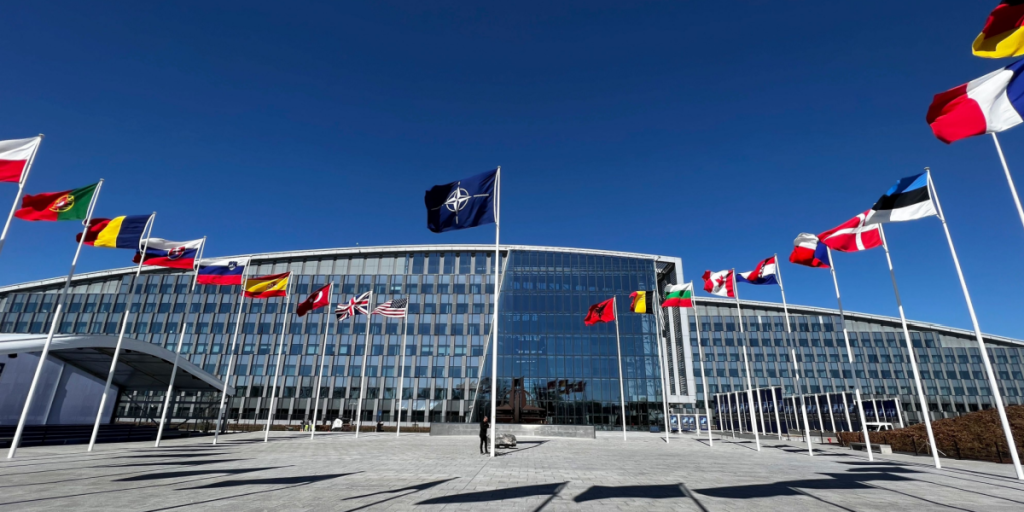
Other options exist. NATO nations can carry out covert cyberattacks on Russian targets.
Lieutenant Colonel Christof Kühn in Estonia said these measures test Russia while avoiding open conflict. He added that cyber and information operations are already part of the ongoing struggle.
Frontline states must balance the need to protect their airspace with the risk of escalation. Not all NATO members have the tools to act alone.
Some rely on allied jets or missile systems. The challenge remains: how to stop Russian incursions without starting a larger war.

